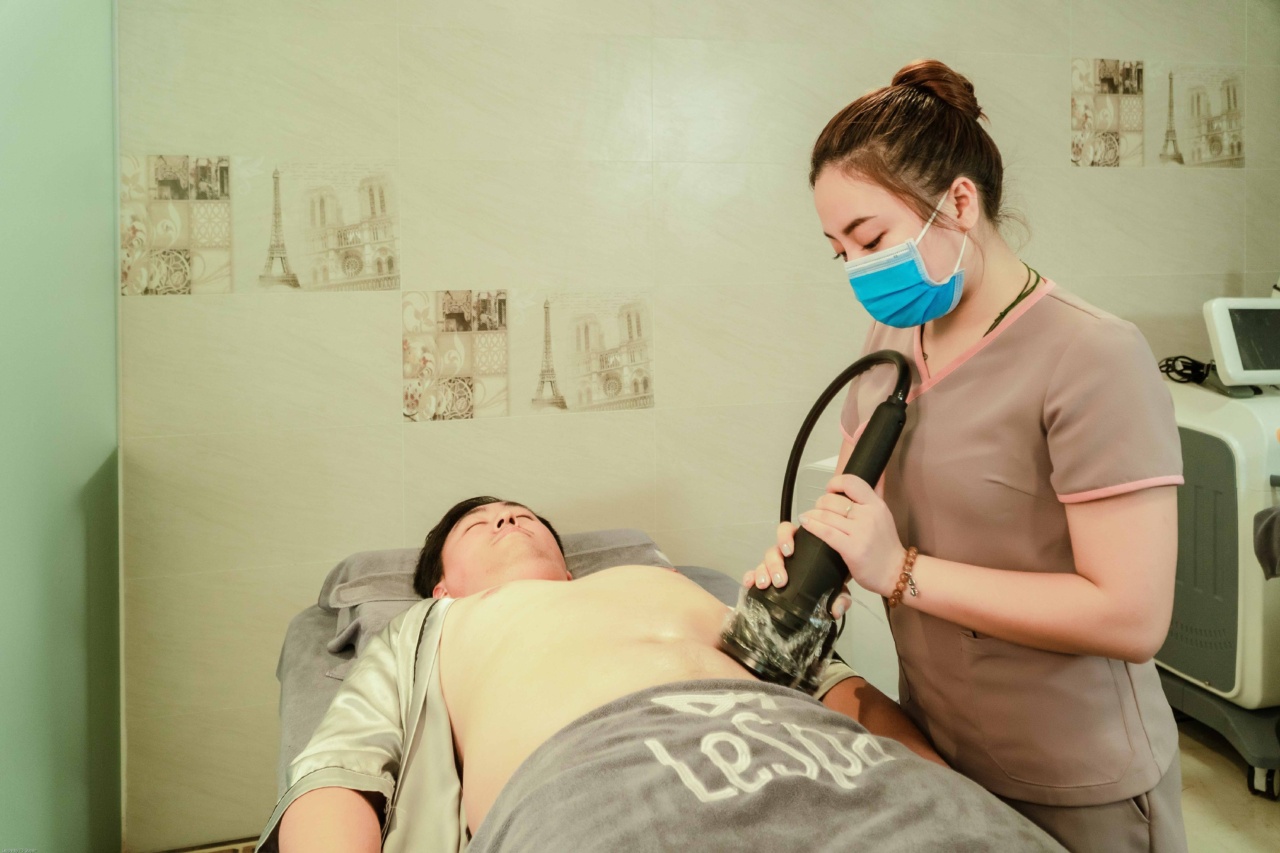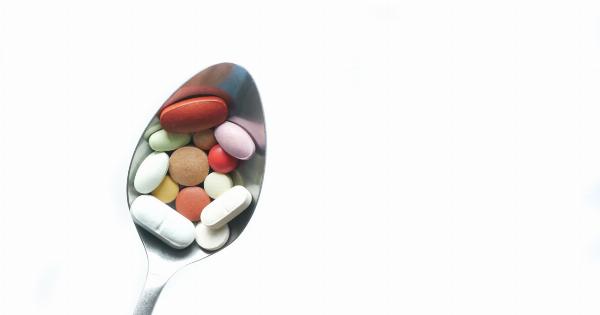Sinusitis, also known as a sinus infection, is a common condition that affects millions of people worldwide. It occurs when the sinuses, which are hollow cavities within the skull, become inflamed or infected.
This inflammation can cause a variety of symptoms that can range from mild to severe. Understanding the symptoms, causes, and treatment options for sinusitis can help individuals seek appropriate medical care and find relief from their symptoms.
Symptoms of Sinusitis
The symptoms of sinusitis can vary depending on the severity and duration of the infection. Some common symptoms include:.
1. Nasal congestion: One of the most common symptoms of sinusitis is nasal congestion or a stuffy nose. This occurs when the sinuses become inflamed, causing the nasal passages to swell and block the flow of air.
2. Facial pain: Sinusitis can cause pain and pressure in the face, particularly in the forehead, cheeks, and around the eyes. This pain is often worse when bending over or lying down.
3. Headache: Many people with sinusitis experience headaches, which can range from mild to severe. These headaches are typically focused around the forehead and may worsen with certain movements.
4. Thick, discolored nasal discharge: Sinusitis can cause the production of thick, discolored nasal discharge. This discharge may be yellow, green, or brown in color and can be a sign of an infection.
5. Cough: In some cases, sinusitis can lead to a persistent cough. This cough is often worse at night and may be accompanied by a sore throat or hoarseness.
6. Fatigue: Sinusitis can cause individuals to feel tired and fatigued, even after getting enough sleep. This fatigue is often a result of the body fighting off the infection.
7. Bad breath: Chronic sinusitis can lead to bad breath, also known as halitosis. This occurs when the sinuses become infected and produce foul-smelling discharge.
8. Reduced sense of smell and taste: Sinusitis can affect the sense of smell and taste, making food and drinks seem less flavorful. This can lead to a decreased appetite and difficulty enjoying meals.
9. Sore throat: Postnasal drip, which is the drainage of mucus from the sinuses into the throat, can cause a sore throat and irritation.
10. Ear pressure: Sinusitis can cause pressure and fullness in the ears, similar to the feeling of having clogged ears during a flight or elevation changes.
Causes of Sinusitis
Sinusitis can be caused by a variety of factors, including:.
1. Viral infections: The most common cause of sinusitis is a viral infection, such as the common cold. These infections can cause the sinuses to become inflamed and swollen, leading to sinusitis symptoms.
2. Bacterial infections: In some cases, sinusitis may be caused by a bacterial infection. Bacterial sinusitis often occurs as a secondary infection following a viral cold or flu.
It is more likely to cause severe symptoms and may require antibiotics for treatment.
3. Allergies: Allergic rhinitis, also known as hay fever, can trigger symptoms of sinusitis.
When individuals with allergies are exposed to allergens such as pollen, dust mites, or pet dander, it can cause inflammation in the sinuses and lead to sinusitis.
4. Nasal polyps: Nasal polyps are noncancerous growths that can develop within the nasal passages or sinuses. When these polyps become enlarged or obstruct the sinus openings, they can contribute to the development of sinusitis.
5. Deviated septum: The nasal septum is the wall of cartilage that separates the nostrils. If the septum is deviated or crooked, it can obstruct the sinus passages and increase the risk of sinusitis.
6. Respiratory tract infections: Infections in the respiratory tract, such as bronchitis and pneumonia, can sometimes spread to the sinuses and lead to sinusitis.
7. Immune system disorders: Individuals with weakened immune systems, such as those with HIV/AIDS or undergoing chemotherapy, are more prone to developing sinusitis.
Treatment for Sinusitis
The treatment options for sinusitis can vary depending on the underlying cause and severity of symptoms. Some common treatment approaches include:.
1. Rest and hydration: Getting plenty of rest and staying hydrated can help the body fight off the infection and relieve symptoms of sinusitis.
2. Over-the-counter medications: Over-the-counter pain relievers and decongestants can help alleviate symptoms such as headache, facial pain, and nasal congestion.
However, these medications should only be used as directed and for short periods.
3. Nasal irrigation and saline sprays: Rinsing the nasal passages with saline solution or using saline nasal sprays can help flush out mucus and relieve congestion.
4. Prescription medications: In cases of bacterial sinusitis or severe symptoms, a healthcare provider may prescribe antibiotics to address the underlying infection.
Corticosteroids may also be prescribed to reduce inflammation in the sinuses.
5. Allergy management: If allergies are contributing to sinusitis, allergy medications or immunotherapy (allergy shots) may be recommended to reduce symptoms and prevent future episodes.
6. Surgery: In persistent or severe cases of sinusitis, surgery may be considered. Functional endoscopic sinus surgery (FESS) can help remove obstructions, such as nasal polyps or correct a deviated septum, to improve sinus drainage.
7. Home remedies: Certain home remedies, such as warm compresses, steam inhalation, and herbal teas, may provide temporary relief from sinusitis symptoms.
However, it is important to consult with a healthcare provider before trying any home remedies.
Prevention of Sinusitis
While it may not be possible to prevent sinusitis in all cases, there are steps individuals can take to reduce the risk of developing sinus infections. Some preventive measures include:.
1. Practice good hand hygiene: Regularly washing hands with soap and water can help prevent the spread of viruses and bacteria that can cause sinusitis.
2. Avoid exposure to allergens: If allergies trigger sinusitis symptoms, it is important to minimize exposure to allergens, such as pollen, dust mites, or pet dander.
This may involve using air purifiers, keeping windows closed during high pollen seasons, and regularly cleaning surfaces.
3. Use a humidifier: Keeping the air moist can help prevent the nasal passages from becoming dry and irritated. Using a humidifier or taking steam showers can help maintain adequate humidity levels.
4. Avoid smoking and second-hand smoke: Smoking and exposure to second-hand smoke can irritate the sinuses and increase the risk of sinusitis. Quitting smoking and avoiding smoke-filled environments can help prevent sinusitis.
5. Stay hydrated: Drinking plenty of fluids, particularly water, can help thin the mucus and promote better drainage from the sinuses.
6. Manage allergies: If allergies contribute to sinusitis, it is important to manage them effectively.
This may involve taking allergy medications, avoiding allergens, and implementing other allergy management strategies recommended by a healthcare provider.
7. Avoid overusing nasal decongestant sprays: Overusing nasal decongestant sprays can lead to dependency and worsen symptoms over time. It is important to use these sprays as directed and for short durations.
Conclusion
Sinusitis is a common condition that can cause significant discomfort and impact daily life. Understanding the symptoms, causes, and treatment options for sinusitis can help individuals seek appropriate medical care and find relief from their symptoms.
By practicing preventive measures and taking steps to manage underlying conditions such as allergies, individuals can reduce the risk of sinus infections and improve their overall sinus health.





























